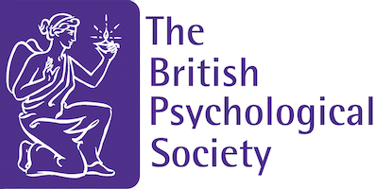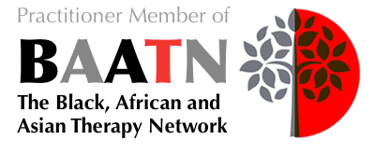Anxiety and Your Body
Learn about how anxiety impacts your body and some of the techniques to help you manage.
Elizabeth Balsys
6/20/20253 min read


Understanding Anxiety and Your Body's Response
What Happens When You Feel Anxious?
Anxiety is a natural response that your body has when it perceives a threat. Your body reacts by preparing you for action, whether to fight or flee from danger. While this response was designed to help our ancestors survive, it can still be triggered today, even in situations that aren't life-threatening.
Here’s what happens in your body when you experience anxiety:
The Fight-or-Flight Response
When you feel anxious, your body goes into fight-or-flight mode, which is controlled by the sympathetic nervous system. This reaction helps you respond quickly to danger by making several physical changes:
Increased Heart Rate: Your heart beats faster to send more blood and oxygen to your muscles, preparing for action.
Rapid Breathing: You breathe faster to get more oxygen to your body and brain.
Tense Muscles: Your muscles tighten, getting ready for action.
Sweating: Your body sweats to keep you cool and prevent overheating.
Dilated Pupils: Your pupils widen to improve your vision and help detect danger.
Dry Mouth: Blood flow is redirected from your digestive system, which can make your mouth feel dry.
Shaky Hands or Legs: Your muscles may tremble as they get ready for movement.
Butterflies in the Stomach: A feeling of discomfort in your stomach due to reduced digestive activity.
Why Does This Happen?
· This reaction happens because of the amygdala, a part of your brain that is responsible for detecting threats and triggering a response. The amygdala sends signals to the body to prepare for action, even if there isn’t a real physical danger. This is why you might feel anxious or panicked in situations that aren’t life-threatening, like being in a confined space.
· This response evolved to help our ancestors survive. For example, if they were confronted by a predator, their fight-or-flight response would give them the burst of energy needed to escape or fight. But now, our fight-or-flight response is often activated by non-life-threatening situations, such as public speaking, riding the tube, or even being in tight spaces.
Why These Reactions Aren’t Dangerous
Even though these physical symptoms may feel intense, they’re not harmful. They are simply your body's natural response to perceived danger. Here's why these reactions are safe:
Increased Heart Rate & Rapid Breathing: Your heart and lungs are simply supplying your muscles with the oxygen they need to react quickly. They won’t harm you.
Tense Muscles & Shaking: These are signs of your body preparing to act, and once the stressor is over, they will subside.
Sweating & Dry Mouth: These are temporary reactions that don’t pose any danger to your health.
Butterflies in the Stomach: The slowing down of digestion is a normal reaction to stress and will pass once the anxiety fades.
How to Manage These Symptoms
It’s important to know that these sensations aren’t dangerous, and you can manage them. Here are some simple techniques to help you cope when you feel anxious:
1. Deep Breathing
Why It Helps: Deep breathing activates your parasympathetic nervous system, which helps calm your body and return it to a relaxed state.
How to Do It:
Breathe in deeply through your nose for 4 counts.
Hold for 4 counts.
Breathe out slowly through your mouth for 4 counts.
Repeat this process for a few minutes.
2. Grounding Techniques
Why It Helps: Grounding techniques help distract you from your anxiety and bring you back to the present moment.
How to Do It:
Focus on your senses:
5 things you can see
4 things you can touch/feel
3 things you can hear
2 things you can smell
1 thing you can taste
2. Progressive Muscle Relaxation (PMR)
Why It Helps: This technique helps release tension from your muscles, which can reduce anxiety.
How to Do It:
Starting from your toes, tense each muscle group for 5-10 seconds, then release.
Work your way up your body: legs, stomach, chest, arms, neck, and face.
Key Points to Remember
Anxiety is Natural: Everyone feels anxious sometimes, and your body’s physical reactions are part of this process.
The Symptoms Aren’t Dangerous: While uncomfortable, these physical responses won’t harm you and will eventually subside.
You Can Manage Anxiety: By using techniques like deep breathing, grounding, and muscle relaxation, you can reduce anxiety symptoms and feel more in control.
Psychological Therapy, Coaching and Consulting
Contact
info@drelizabethbalsys.co.uk
© 2025. All rights reserved.








Supporting individuals, couples and workplaces.

